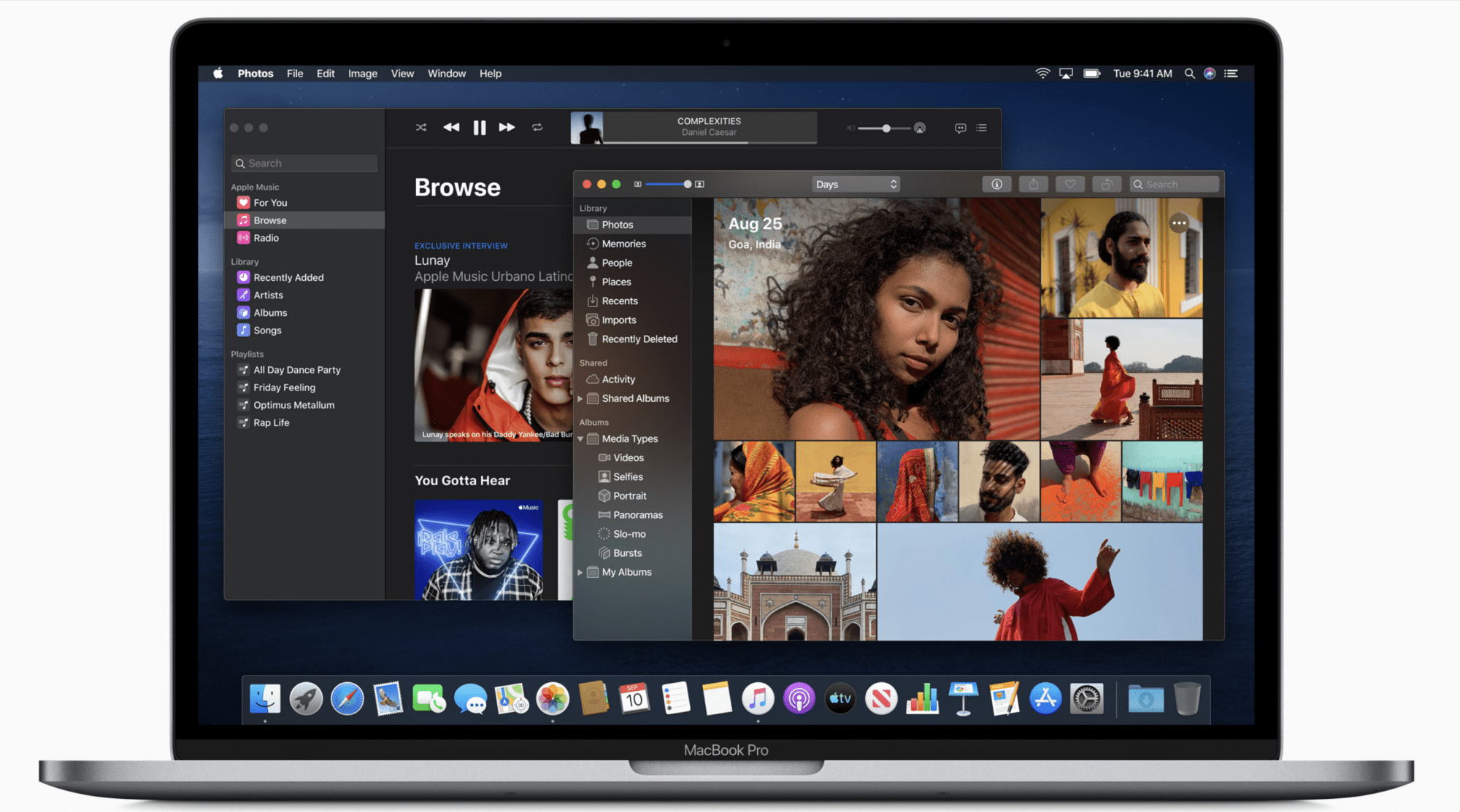- Why Can I Not Download Macos Catalina Mac Os
- Download Macos Catalina Installer
- Macos Catalina Problems
- Attempting to download macOS Catalina from the Mac App Store you may find that a small version of the “Install macOS Catalina.app” file downloads to the “Applications” folder, rather than the complete 8.1 GB installer file.
- Apple previewed macOS Catalina on June 03 2019, The latest version of the world’s most advanced desktop operating system, packed with cool new features, fresh new apps and powerful new technology for developers. With macOS Catalina, Apple is replacing iTunes with its popular entertainment apps — Apple Music, Apple Podcasts and the Apple TV app.
- Aftet downloading the macOS Catalina, your Mac may get stuck when installing the new OS on your device. Even if after repeated attempts, you are unable to get the Mac updating process back to normal, just follow steps below to fix when Mac is stuck during the installtion of macOS Catalina. Way 1: Check Your Mac's Compatibility.
Check compatibility
You can upgrade to macOS Mojave from OS X Mountain Lion or later on any of the following Mac models. Your Mac also needs at least 2GB of memory and 12.5GB of available storage space, or up to 18.5GB of storage space when upgrading from OS X Yosemite or earlier.
September 24, 2020: Apple releases macOS Catalina 10.15.7 Apple has released macOS Catalina 10.15.7, a minor update that fixes a few bugs in macOS, including an issue with automatic Wi-Fi connections, one that could prevent files from syncing with iCloud Drive, and a graphics problem with the Radeon Pro 5700 XT in the most recent 27-inch iMacs. Acrobat DC, Acrobat 2020, Acrobat 2017, and Acrobat 2015 are compatible with the new macOS 10.15 Catalina. Major changes in user experience and known issues are described in this document. Acrobat 2015: If you download Classic 2015 Acrobat or Reader patches from the release notes or the FTP site.
MacBook introduced in 2015 or later
MacBook Air introduced in 2012 or later
MacBook Pro introduced in 2012 or later
Mac mini introduced in 2012 or later
iMac introduced in 2012 or later
iMac Pro (all models)
Mac Pro introduced in 2013, plus mid-2010 or mid-2012 models with a recommended Metal-capable graphics card.
To find your Mac model, memory, storage space, and macOS version, choose About This Mac from the Apple menu . If your Mac isn't compatible with macOS Mojave, the installer will let you know.
Make a backup
Before installing any upgrade, it’s a good idea to back up your Mac. Time Machine makes it simple, and other backup methods are also available. Learn how to back up your Mac.

Get connected
It takes time to download and install macOS, so make sure that you have a reliable Internet connection. If you're using a Mac notebook computer, plug it into AC power.
Download macOS Mojave
For the strongest security and latest features, find out whether you can upgrade to macOS Catalina, the latest version of the Mac operating system.
If you still need macOS Mojave, use this App Store link: Get macOS Mojave.
Begin installation
Why Can I Not Download Macos Catalina Mac Os


After downloading, the installer opens automatically.
Click Continue and follow the onscreen instructions. You might find it easiest to begin installation in the evening so that it can complete overnight, if needed.
If the installer asks for permission to install a helper tool, enter the administrator name and password that you use to log in to your Mac, then click Add Helper.
Allow installation to complete
Download Macos Catalina Installer
Please allow installation to complete without putting your Mac to sleep or closing its lid. Your Mac might restart, show a progress bar, or show a blank screen several times as it installs both macOS and related updates to your Mac firmware.
Learn more
Macos Catalina Problems
- If you have hardware or software that isn't compatible with Mojave, you might be able to install an earlier macOS, such as High Sierra, Sierra, or El Capitan.
- macOS Mojave won't install on top of a later version of macOS, but you can erase your disk first or install on another disk.
- You can use macOS Recovery to reinstall macOS.
